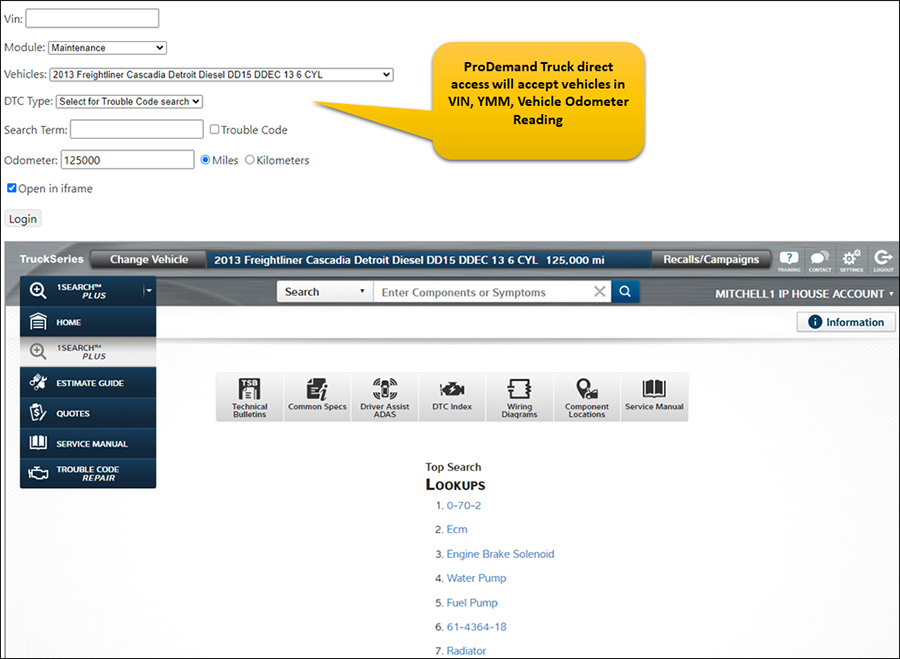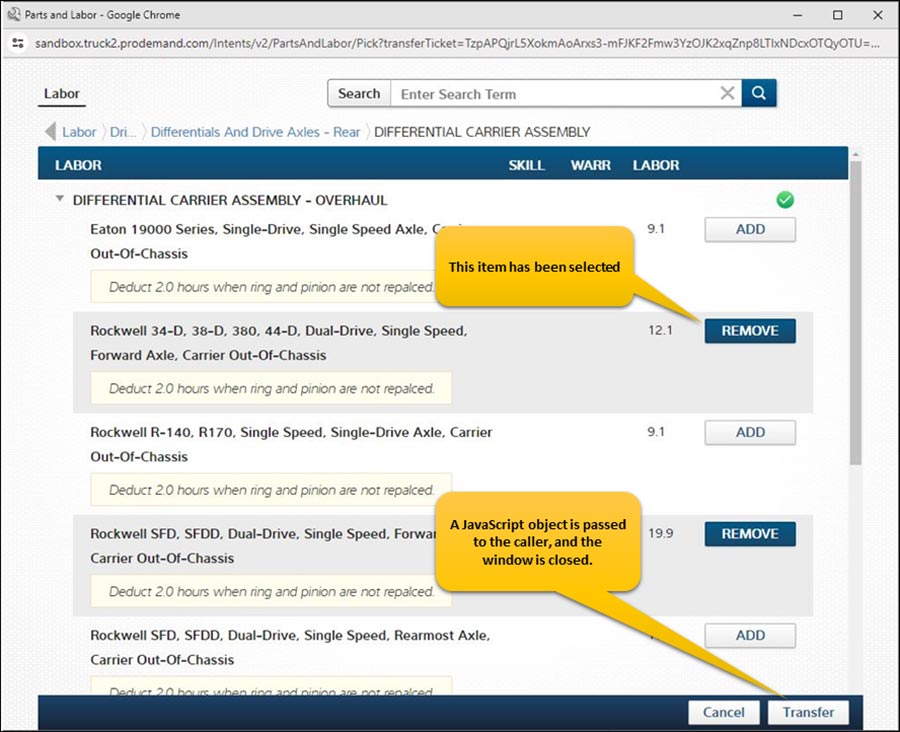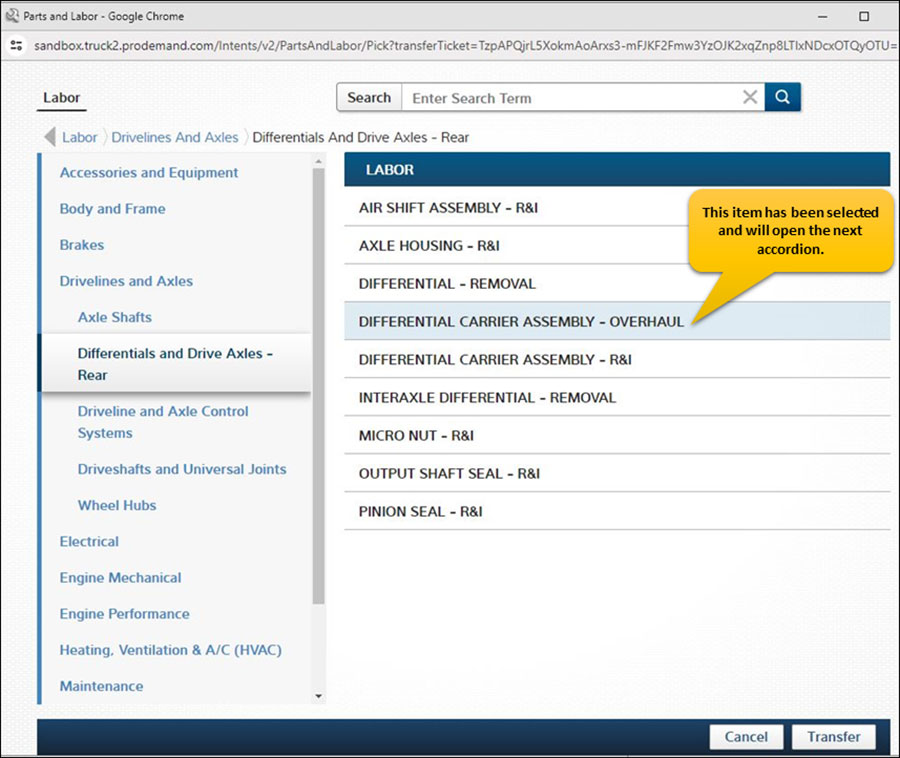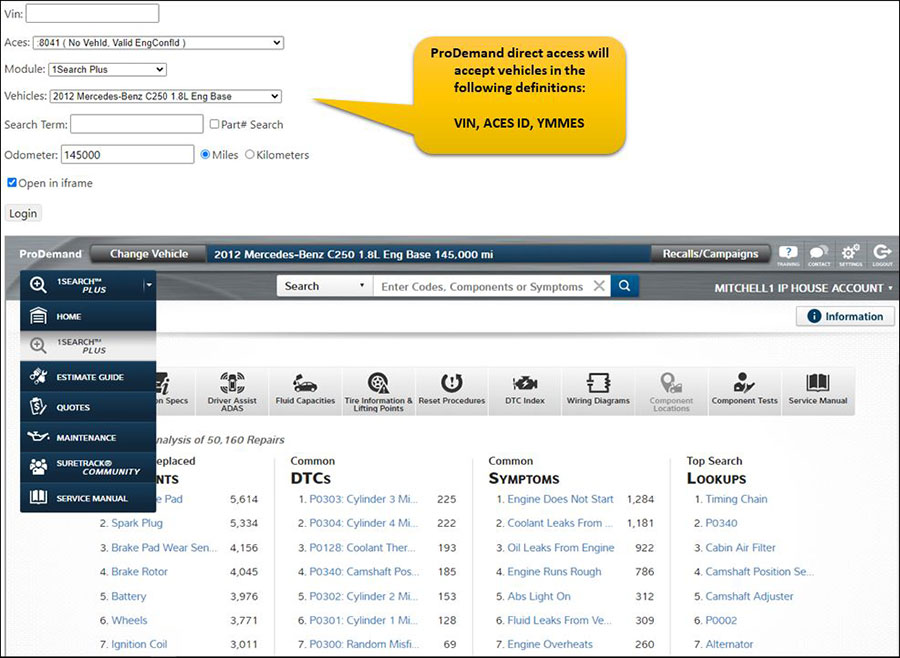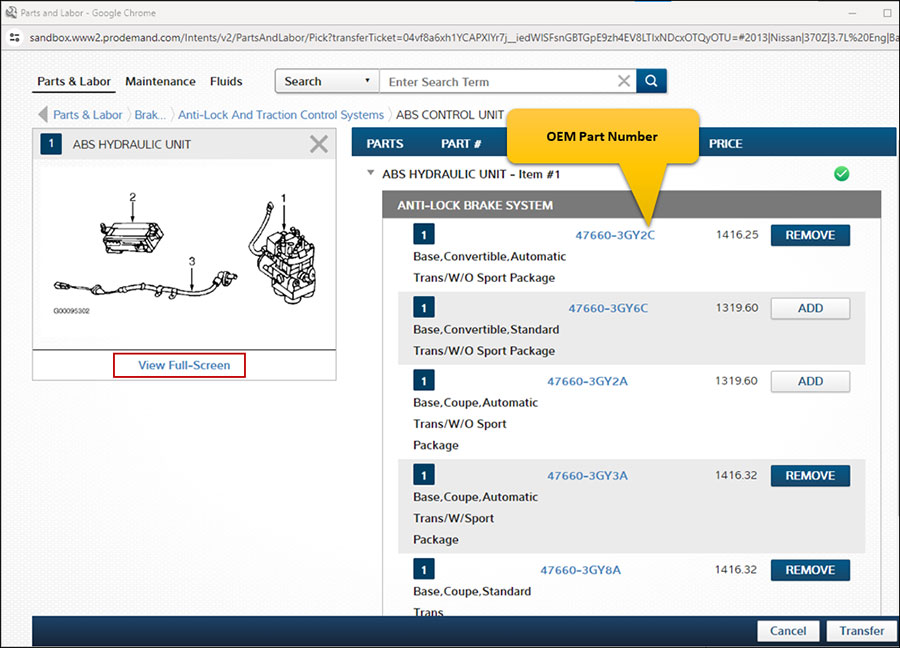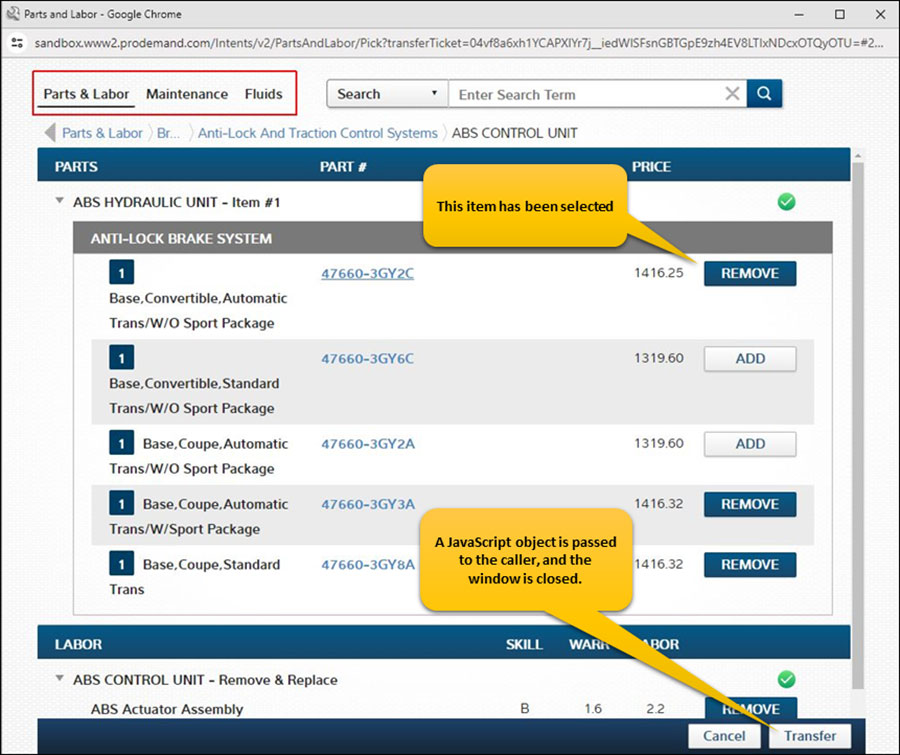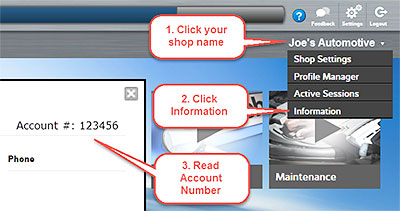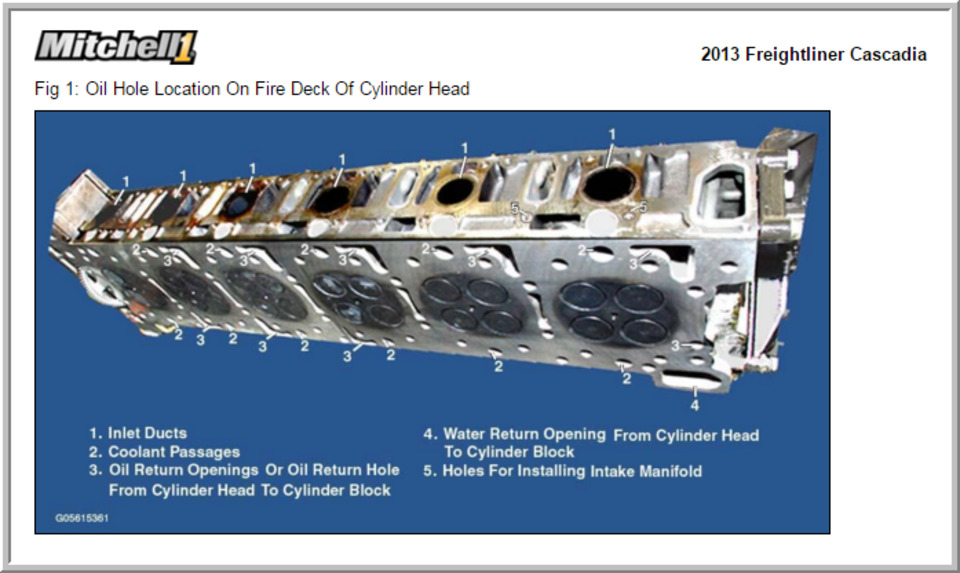
In a tight labor market, when it’s a challenge to find and keep quality commercial vehicle technicians, anyone responsible for maintaining these vehicles must maximize the resources available. Fleets and shop owners are also probably looking to attract young, smart techs to ensure they have the talent needed to service the high-tech vehicles of today — and tomorrow.
One way to attract young people into the trucking industry is to help make “diesel technician” a career they want to explore. The industry is definitely evolving in a way that makes it a better fit for those who have grown up immersed in computer technology.
Servicing a commercial truck today versus a couple decades ago is like using your smart phone versus the phone you had at the turn of the century. In both cases, advances in technology have increased productivity simply because there is so much more information available only a few clicks away.
This is especially true when it comes to vehicle maintenance. When purchasing a new vehicle from an OEM, the shop likely gained access to the diagnostic and repair module for the specific model from the OEM. The information is always current because it’s web-based, with updates made on the fly.
Online all-makes repair information from aftermarket sources also provides immediate access to service information. Moreover, when a problem exists, today’s vehicles help techs understand what’s wrong by setting a diagnostic code. Once the diagnostic code is identified, the tech can then refer to the repair information resource to diagnose and repair the problem correctly.
A Real Time-Saver
Consider how many hours have been saved: At a minimum, the shop no longer needs to take time to search through (and update) the old-style printed manuals. And the guesswork is taken out of the diagnostic and repair procedures so techs can work more efficiently. In addition, online repair information can actually serve as a mentor to young techs, guiding them toward the correct fix without having to ask another tech to take time to explain the procedure.
And, of course, the bottom line is that when techs use a repair information resource, the likelihood that the job is done correctly can go up exponentially, resulting in less downtime and more revenue for the fleet.
For in-house maintenance shops, the above scenario is just the tip of the iceberg of what is possible to maximize resources. For instance, access to complete repair information also helps identify scenarios when the shop doesn’t have the relevant skills or equipment needed to fix a particular service issue. This simplifies and accelerates the decision to potentially outsource the job to a dealer or specialty service location. This is an important but sometimes overlooked benefit that can help the shop avoid wasting time on testing and trying one part or procedure after another only to find that the problem requires skills or equipment presently unavailable.
Fleets that purchase directly from OEMs and do their own in-house maintenance can rely on the model-specific repair information programs offered by the OEM for their own truck models. However, it’s likely a very different scenario for fleets that purchase used trucks and/or do maintenance for others, as well as independent repair locations that service multiple brands and models. These businesses rely on a comprehensive all-makes information source to attain maximum efficiency.
In fact, the whole industry benefits when technicians have the tools needed to “fix it right the first time.” That includes repair information that covers any vehicle they are responsible for maintaining. Software like Mitchell 1’s TruckSeries fills that need by offering complete diagnostic and repair information covering all brands and all models. A service facility can access the latest information for virtually any truck they take in for repair. And the owner of that vehicle can be confident that the truck will be back on the road quickly with the repair done correctly.
There are many fleets that feel it necessary to bring back to their shop any truck that has been serviced by an outside source, to make sure the fix was done correctly. That kind of re-work is clearly a waste of time and resources that can be avoided by having knowledgeable techs working at each step of the repair process who can verify the work using their repair information source as a guide.
The Next Generation of Technicians
Now, what about the technician shortage and enticing more young people into our industry?
Every segment of the commercial trucking industry is dealing with increasingly complex vehicles that are equipped with the latest technologies. The good news is that this is a great fit for the next generation of technicians, who are completely comfortable using computers and web-based products and applications. Using software to fix things is second nature. For them, the shortage of diesel technicians is an opportunity not only to apply their technical skills in a promising career, but also to take a leadership role in the industry.
If the job offered is simply turning wrenches and getting dirty, it might be a hard sell for this tech-savvy generation. However, if the job entails the skills nurtured since childhood, they may consider diesel technician as a good — even cool — career choice. After all, the pay’s pretty good, the hours are regular, there are nice benefits, jobs are plentiful and the people they’ll be working for are pretty terrific – what’s not to like!
